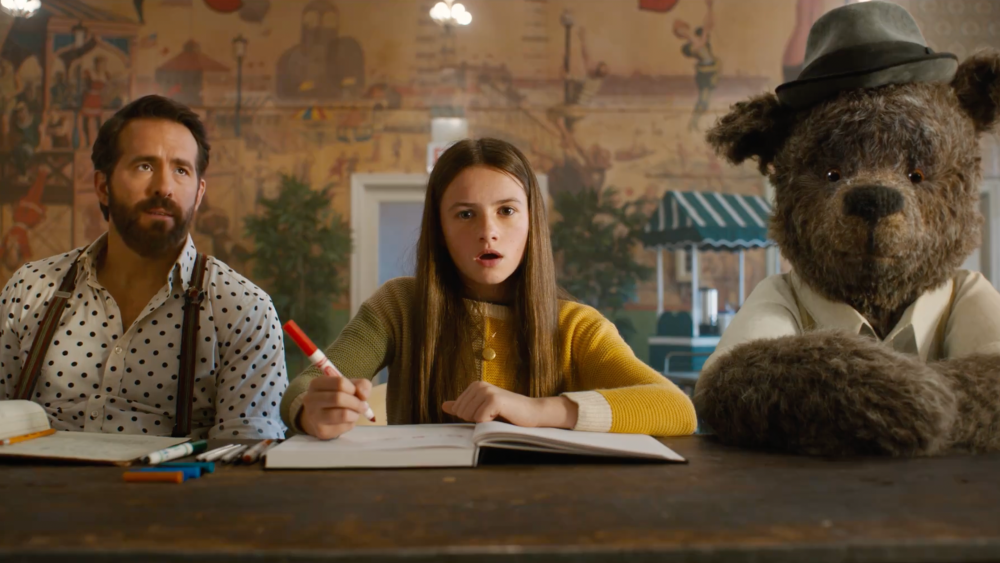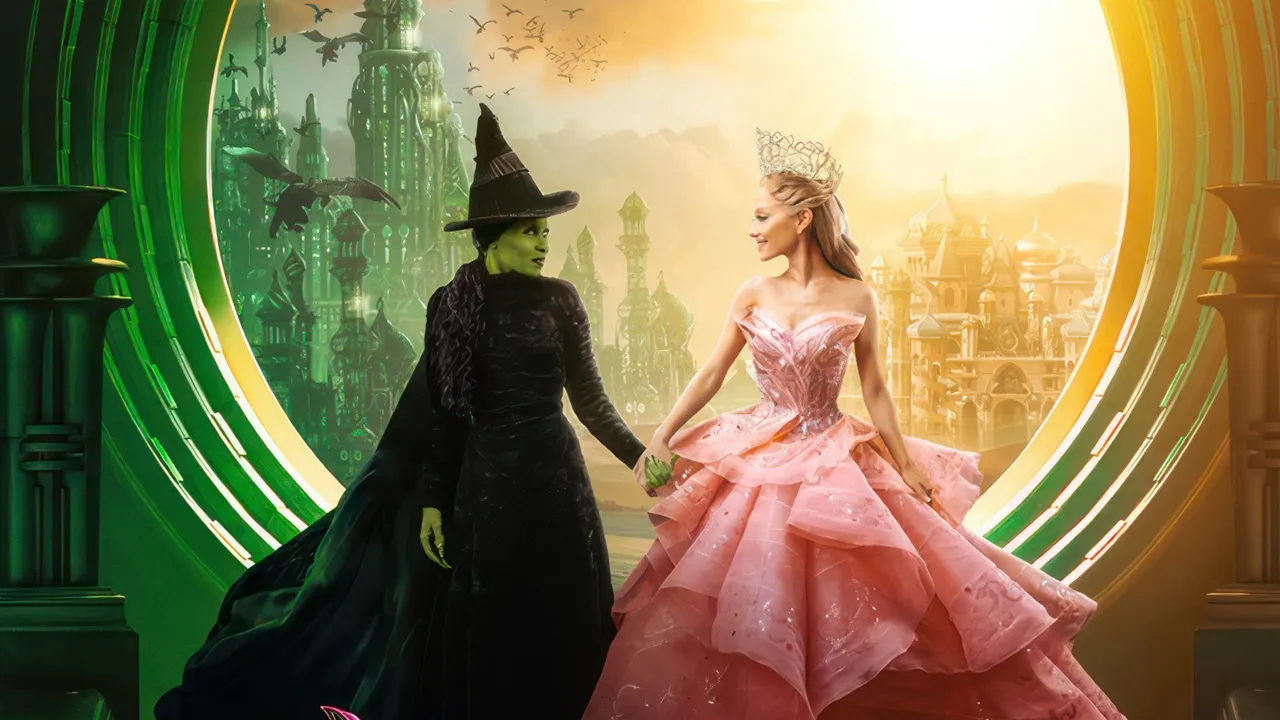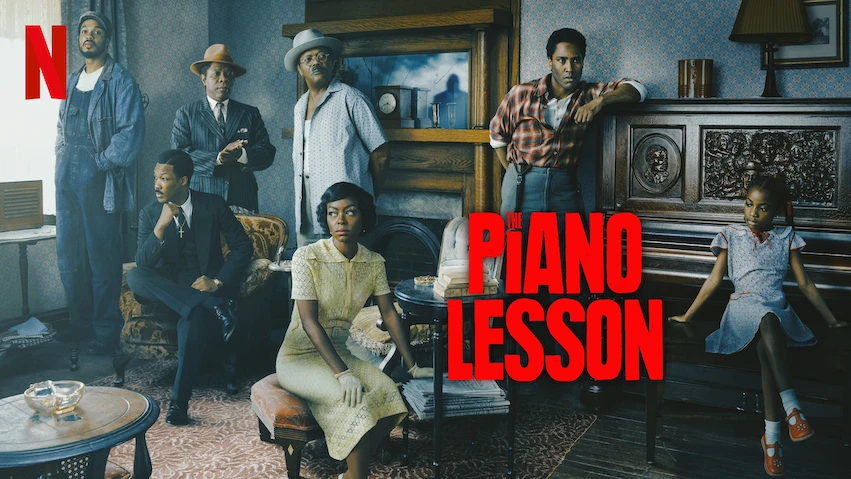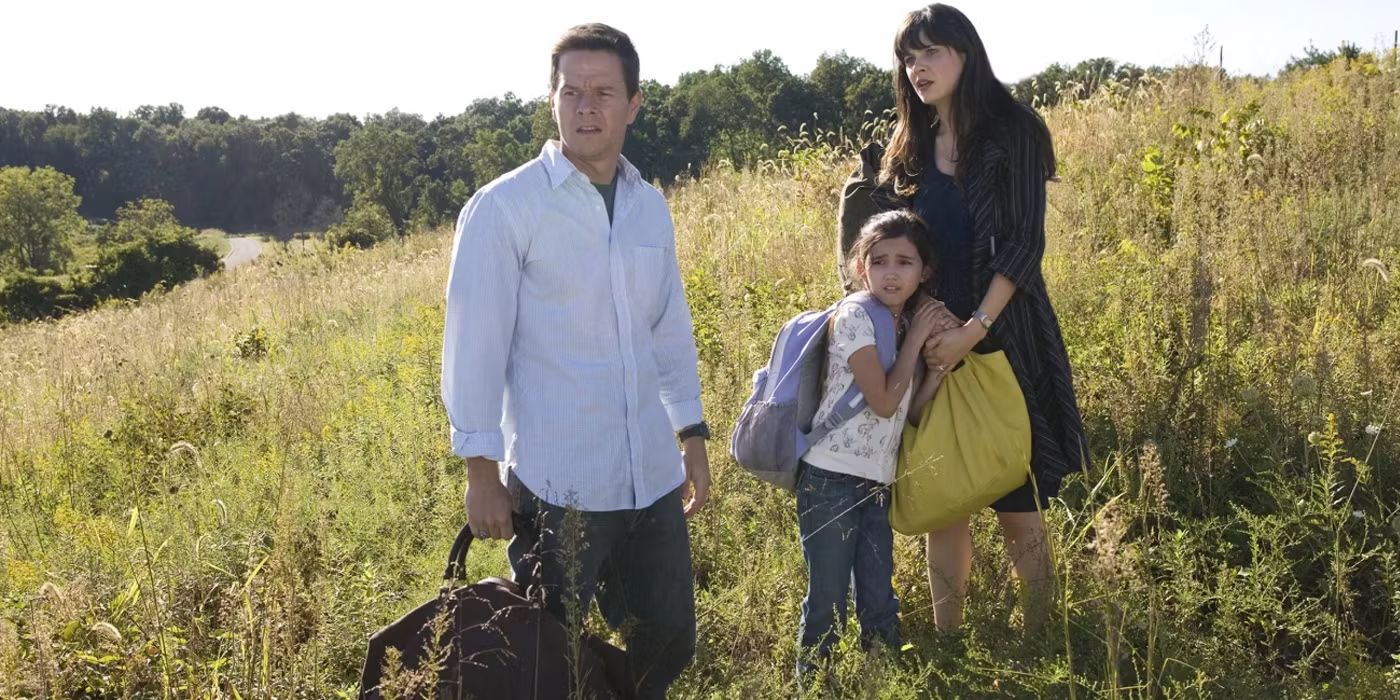IF
Posted on May 15, 2024 at 2:50 pm
B +| Lowest Recommended Age: | Kindergarten - 3rd Grade |
| MPAA Rating: | Rate PG for thematic elements and mild language |
| Profanity: | None |
| Nudity/ Sex: | None |
| Alcohol/ Drugs: | None |
| Violence/ Scariness: | Sad death and illness of parents, injured child |
| Diversity Issues: | None |
| Date Released to Theaters: | May 17, 2024 |
Classic movie fans will immediately recognize a brief clip watched by one of the characters in “IF.” It is James Stewart as Elwood P. Dowd in “Harvey,” a gentle fantasy about a man who is the only one who can see a tall invisible rabbit-looking creature called a pooka, named Harvey. Later in that film, when a doctor tries to assess his mental capacity, Dowd says, “I’ve wrestled with reality for 35 years, Doctor, and I’m happy to state I finally won out over it.” Another touchstone for the film is that moment, more heartbreaking for parents than children, when Bing Bong dissolves in Pixar’s “Inside Out.” Writer/director/star John Krasinski says he made “IF” because he realized his daughters were on the cusp of that end of childhood when imagination is real to them. The movie’s poignance will be felt most acutely by parents, aware of their own fleeting moments of magic as children and, while looking forward to the milestones of their own children, missing the magic and even the exhaustion of the early years.
The title “IF” mostly stands for “Invisible Friend,” but also a little bit stands for the word we use to conjure up infinite possibilities. The world Krasinski has conjured up here is beguiling, with a handmade, retro feel. The Paramount logo at the beginning looks like a child’s finger-painting and the movie itself is a smudgy valentine, all heart, whimsy, and charm. If the message is a bit messy and the logic not quite sound, for me that was more than made up for by the tenderness.
It takes place in present-day-ish, no cell phones, no internet searches, an apartment building and apartment decor that dates back to the 40s or 50s. The soundtrack includes some classic songs, played on, stay with me kids, a vinyl record on a Victor Victrola with a trumpet horn, like they made a hundred years ago. Cal wears suspenders and a hat that’s vintage, not hipster. The light is soft. And there is a beguiling enchanted amusement park on the beach.
Cailey Fleming is lovely as Bea, a 12-year-old girl staying with her grandmother (the always-wonderful Fiona Shaw, a long way from Harry Potter’s aunt) while her dad joke-aficionado father (Krasinski) is in the hospital. As we see early on, Bea’s adored mother died when she was young, so her father’s illness is hitting her very hard. When her grandmother tries to welcome her into the apartment she once shared with both parents by offering her the paints she used to enjoy, Bea stiffly says she is too told for them now.

She goes for a walk and sees what she thinks might be a girl her age. But she is not. Bea discovers that Blossom (voiced by Phoebe Waller-Bridge) is an imaginary friend who looks like a girl-sized talking butterfly, who lives in an apartment in the same building where Bea is staying, with Cal (Ryan Reynolds) and Blue (Steve Carrell) a gigantic, fluffy purple imaginary friend with a sweet, goofy smile. Cal explains that there are a lot of imaginary friends who have been outgrown by the children who created them. Cal and Blossom are trying to find new children for the abandoned imaginary friends, so they don’t disappear. Bea is captivated by the idea and volunteers to help.
Krasinski assembled an all-star cast to provide voices for the amusingly varied group of imaginary friends, including George Clooney as an astronaut, Bradley Cooper as an ice cube, Emily Blunt as a unicorn, Awkwafina as a bubble, and the late Louis Gossett, Jr. as a bear named Lewis. Cal, Bea, and Lewis interview the IFs to try to match them up with children who share their interests and need their skills. But it turns out that may not be the answer they are looking for. The one they find will be as reassuring to kids as it is to parents.
Parents should know that, as in many stories with children at the center, this one begins with a sad loss of a parent. And her remaining parent is also ill. and in the hospital for surgery.
Family discussion: What stories do you like to tell? Which IF is your favorite and why? What IF will you imagine?
If you like this, try: “Inside Out” and “Tuck Everlasting”








